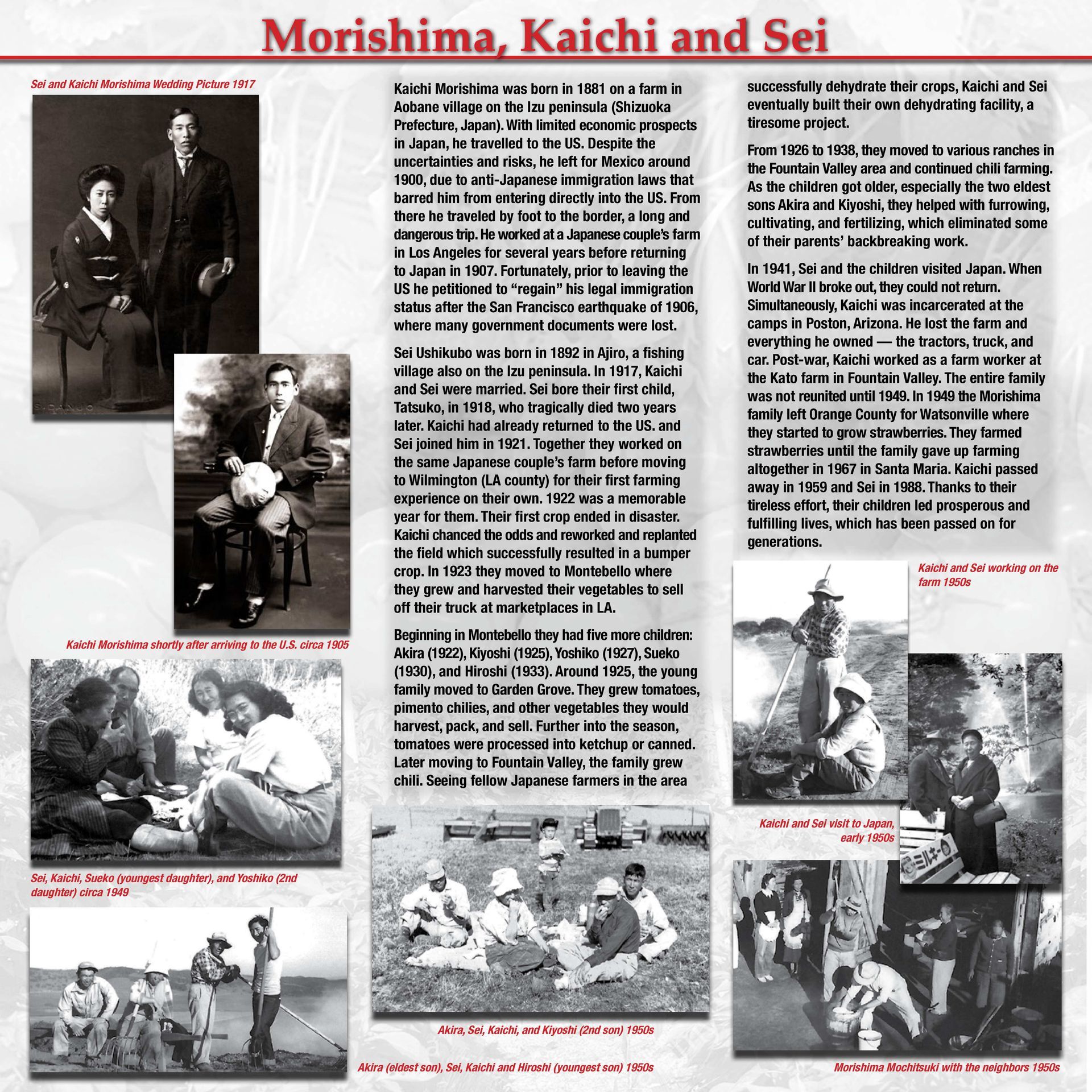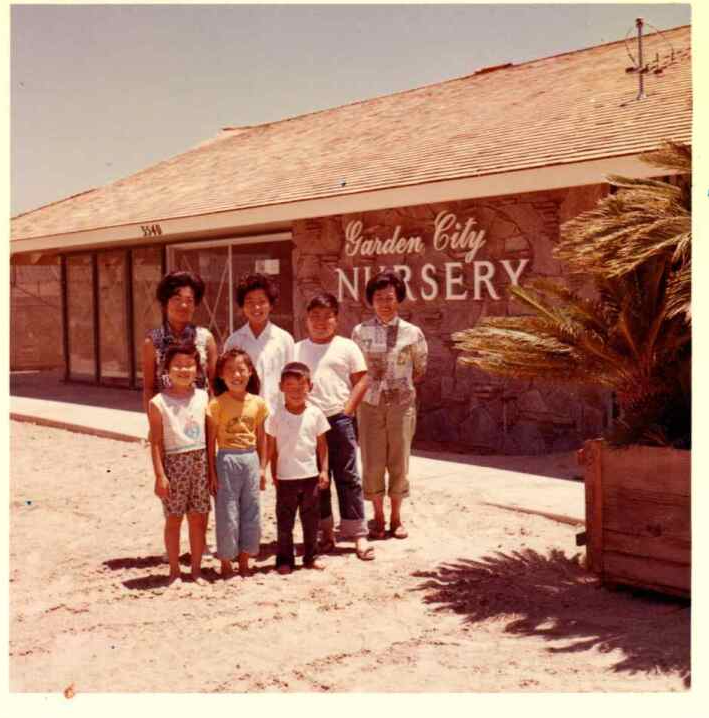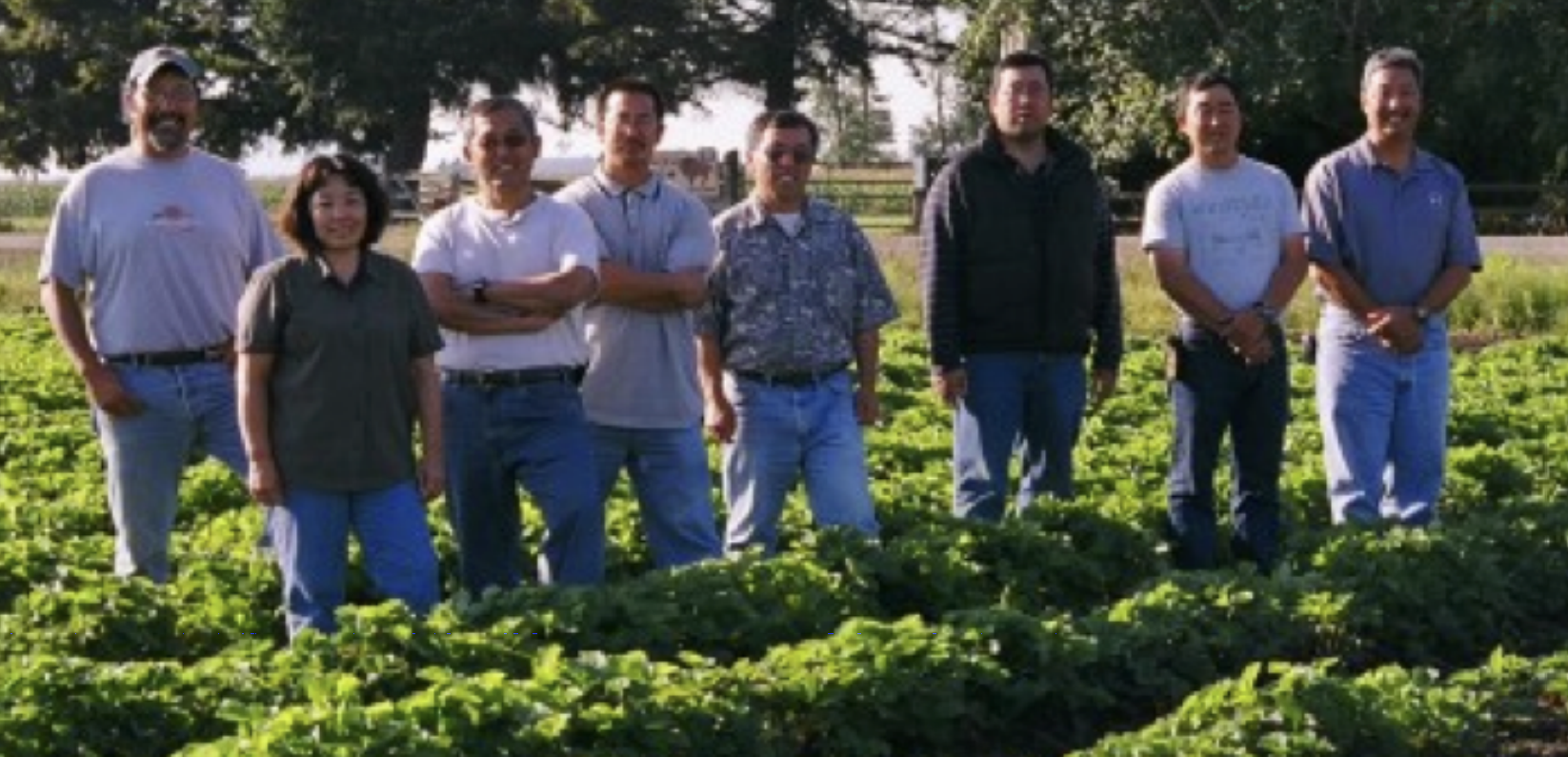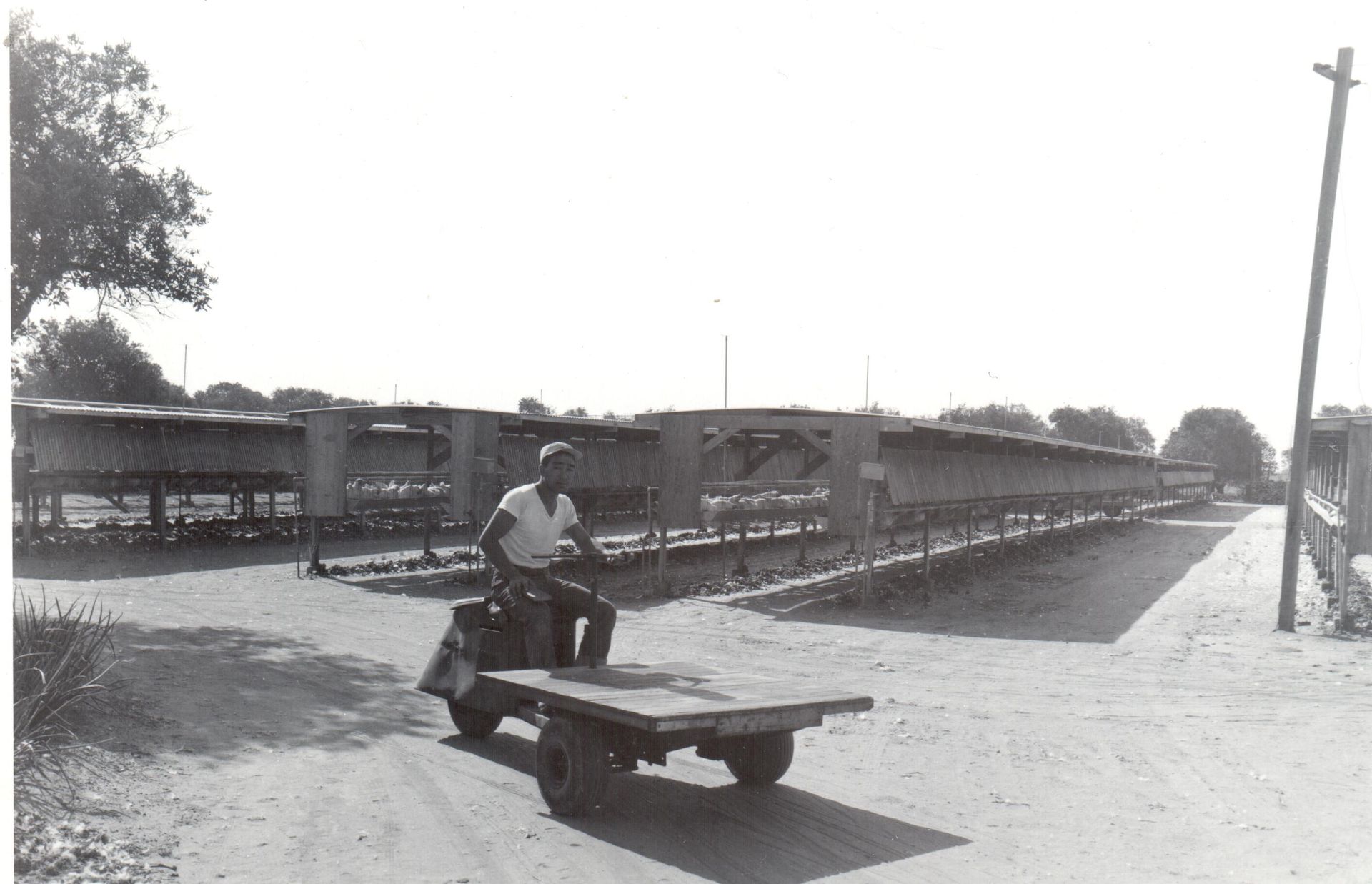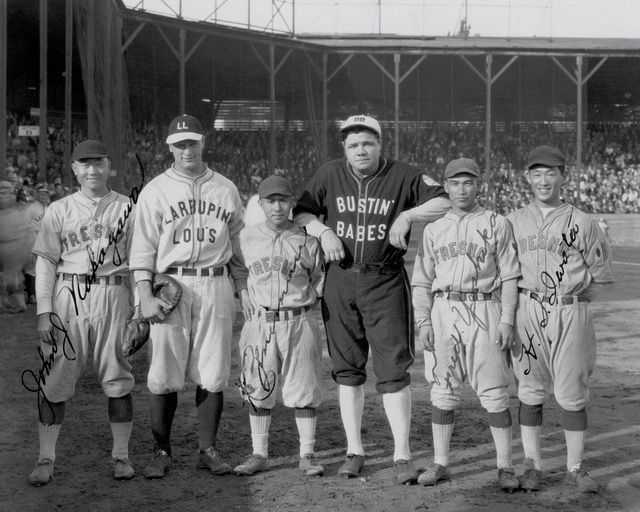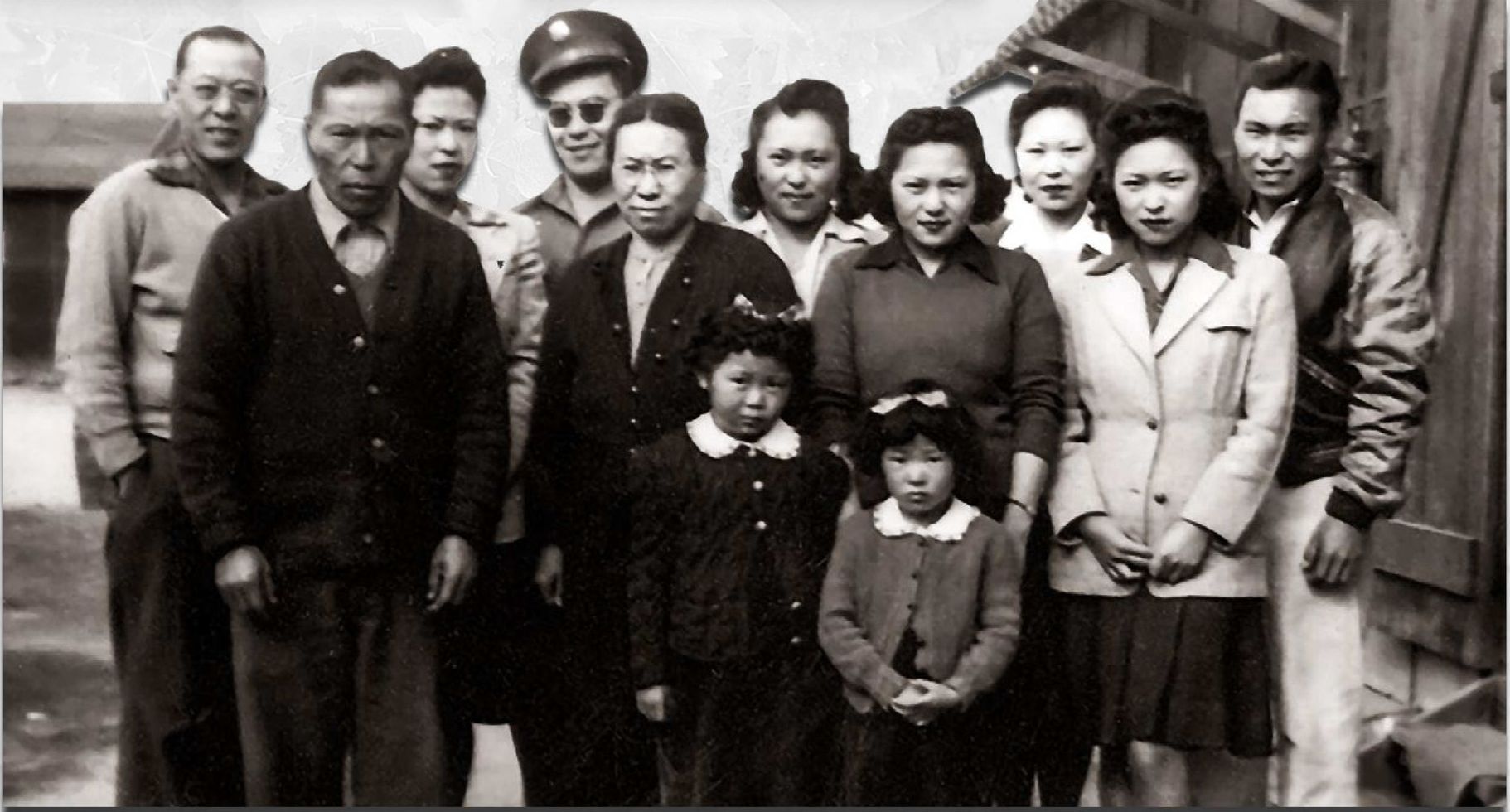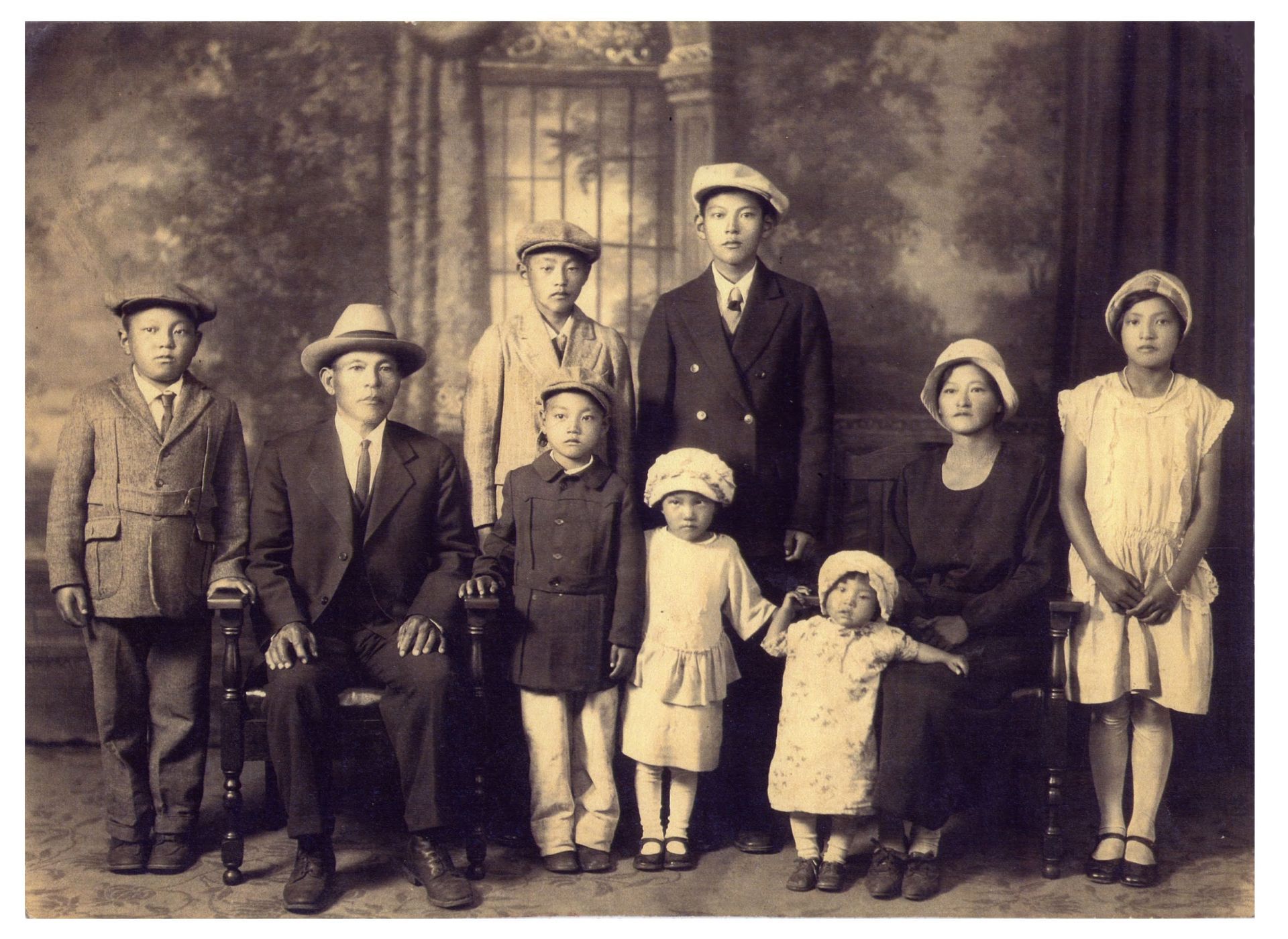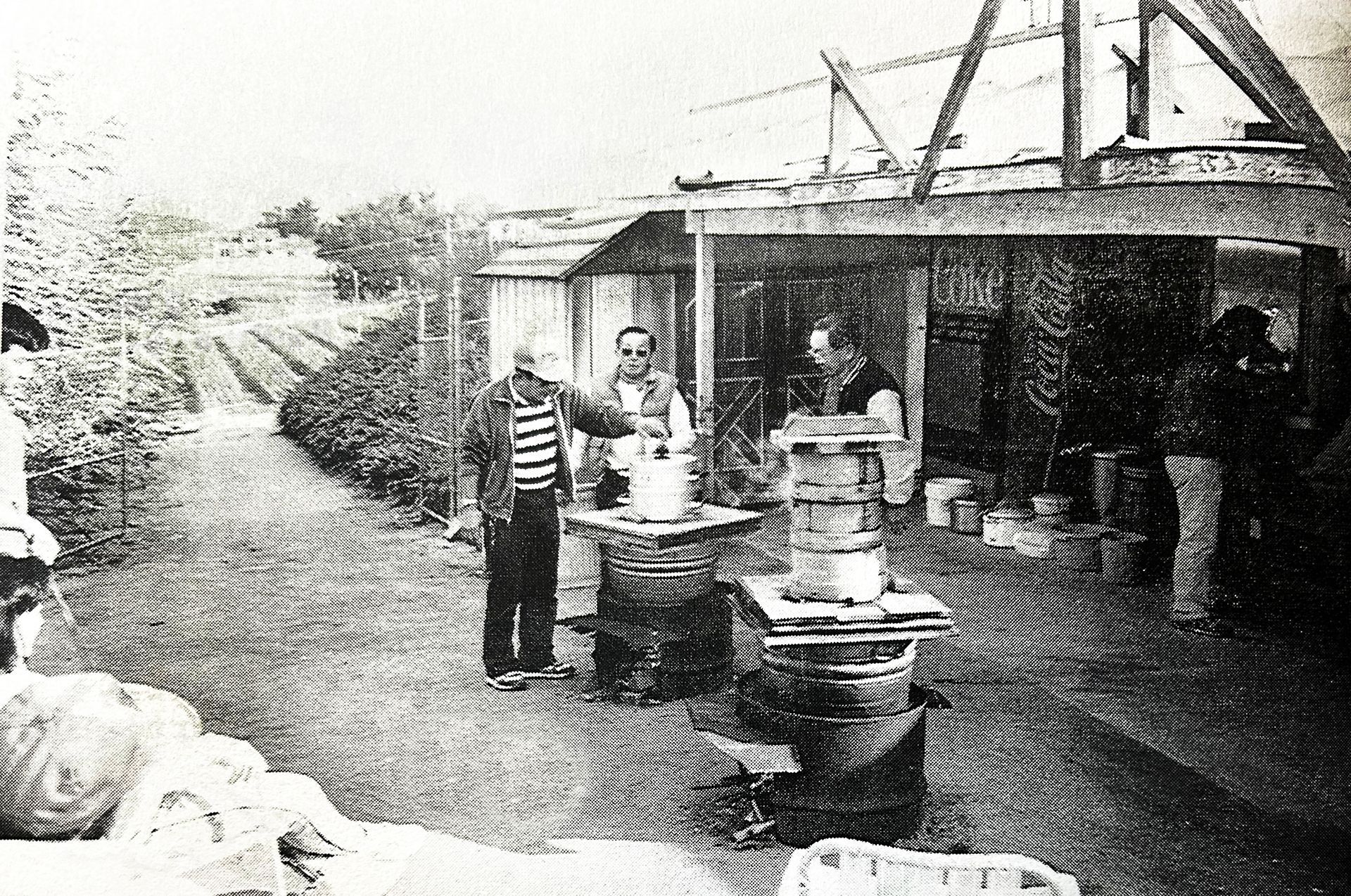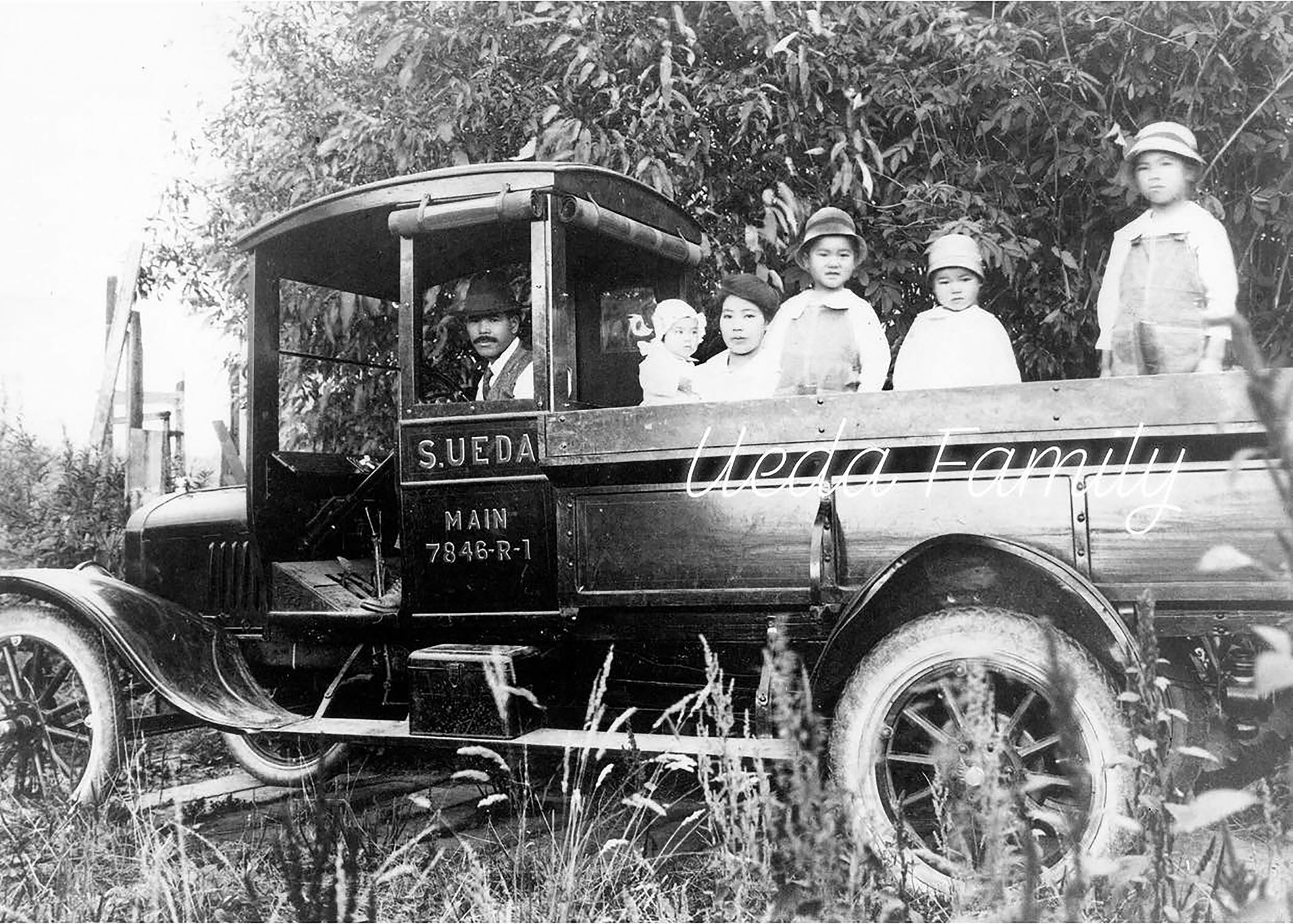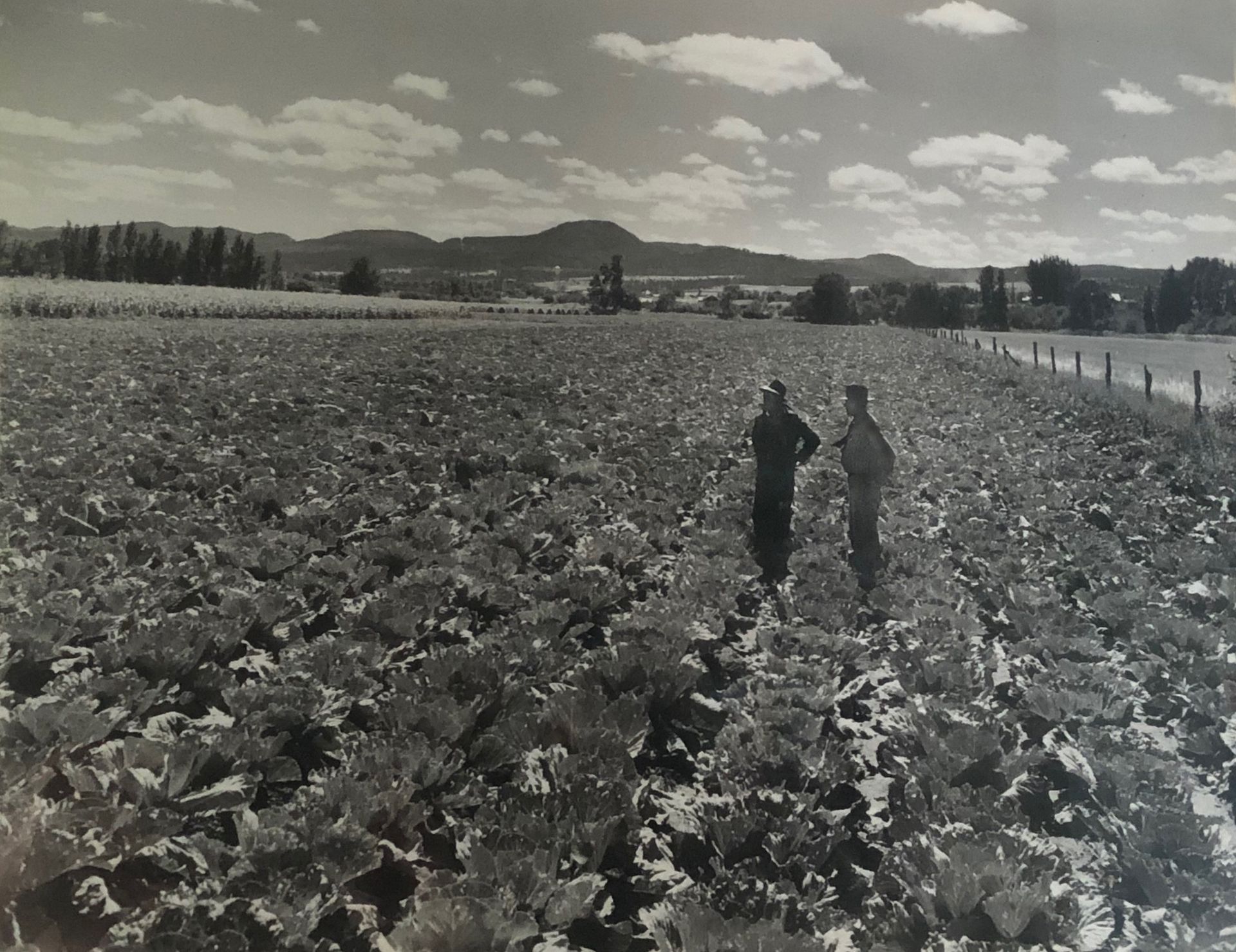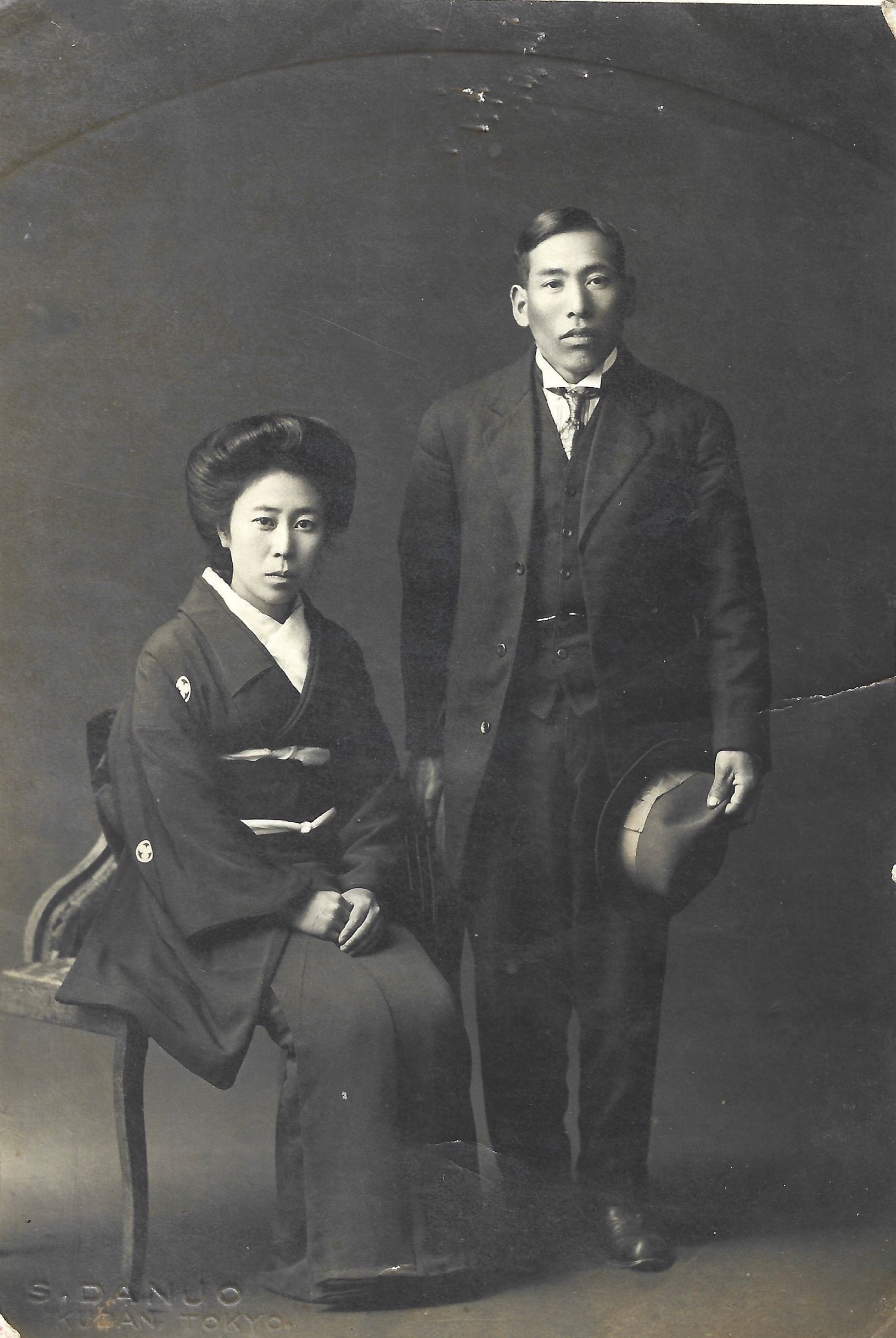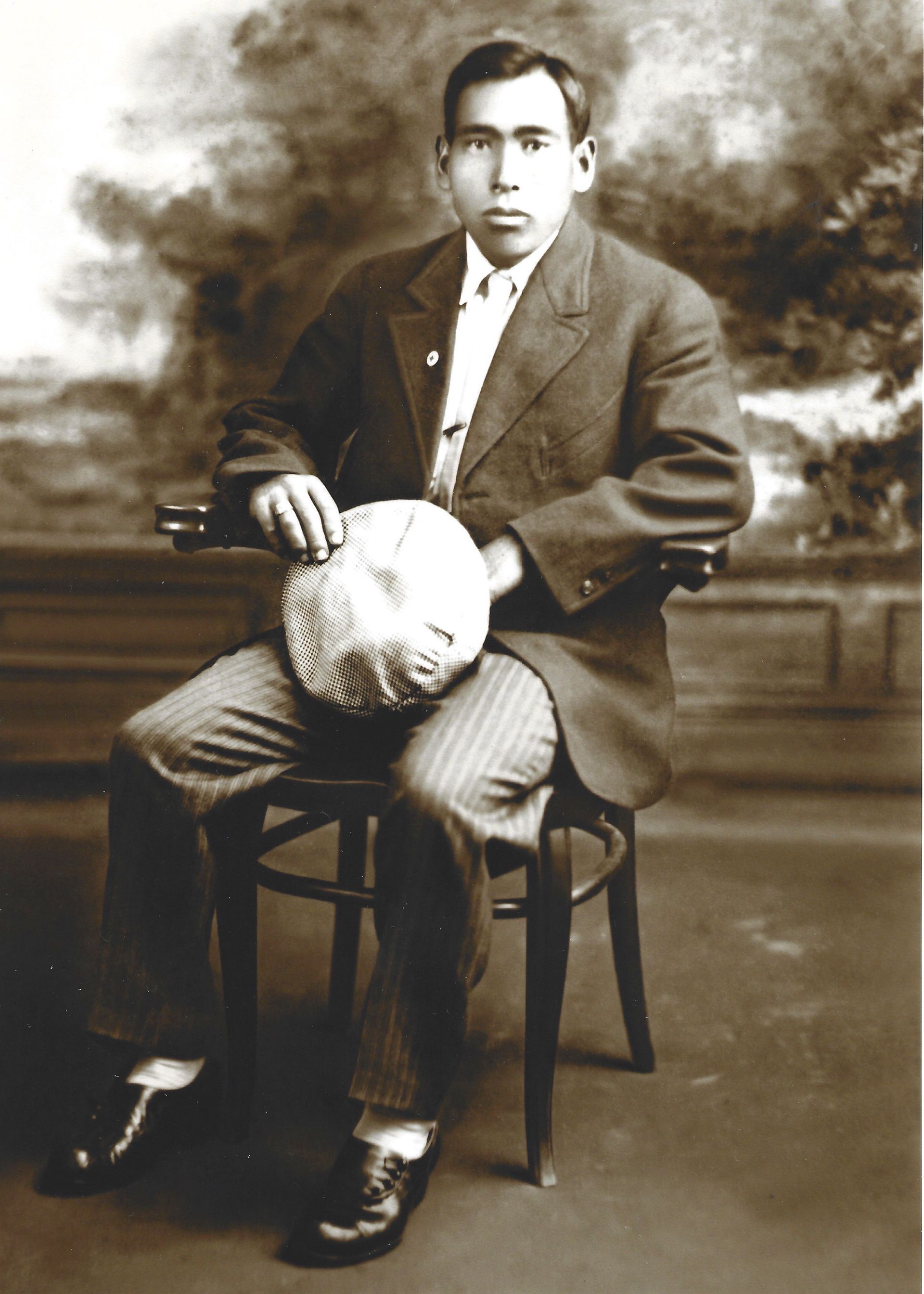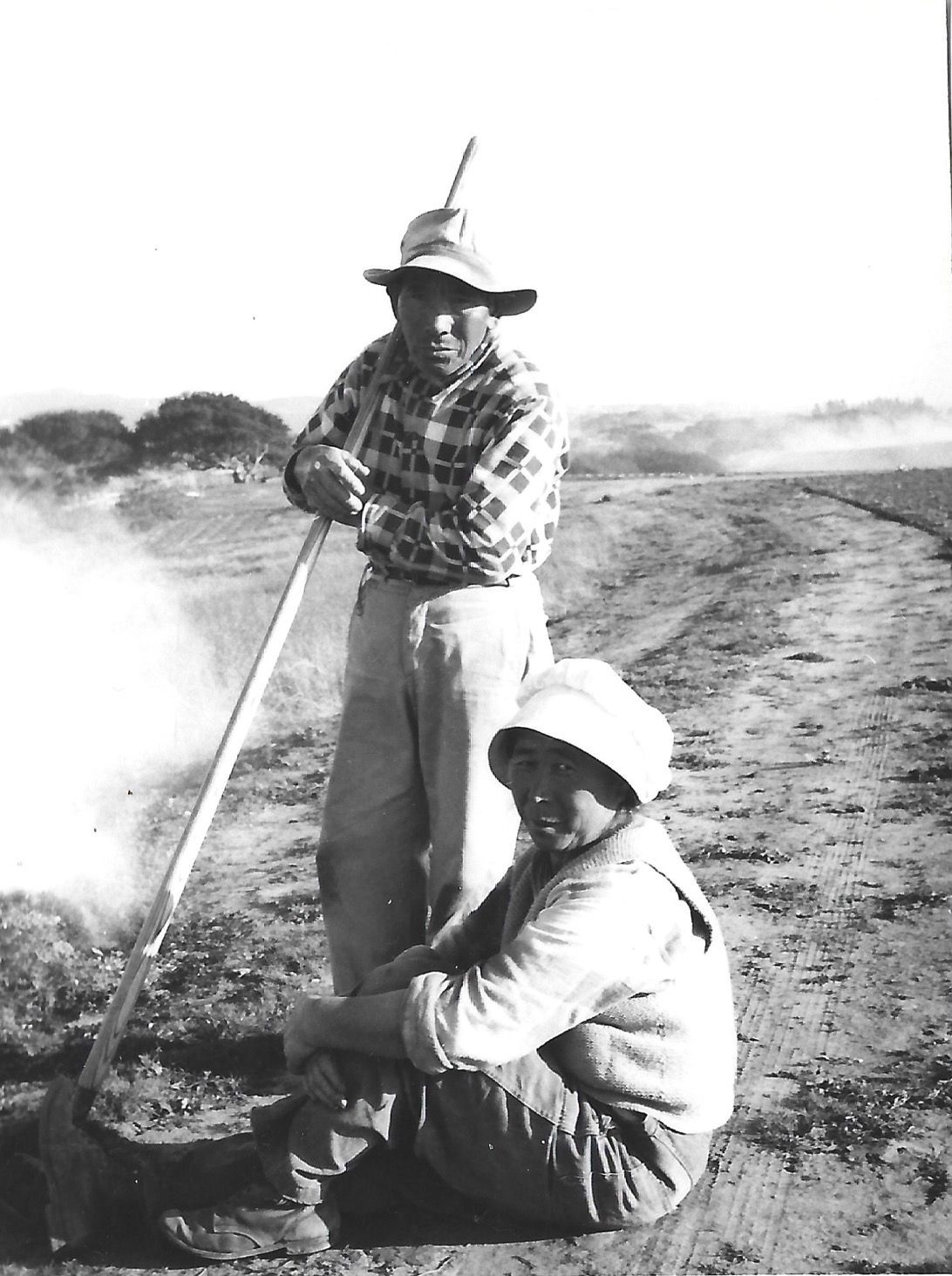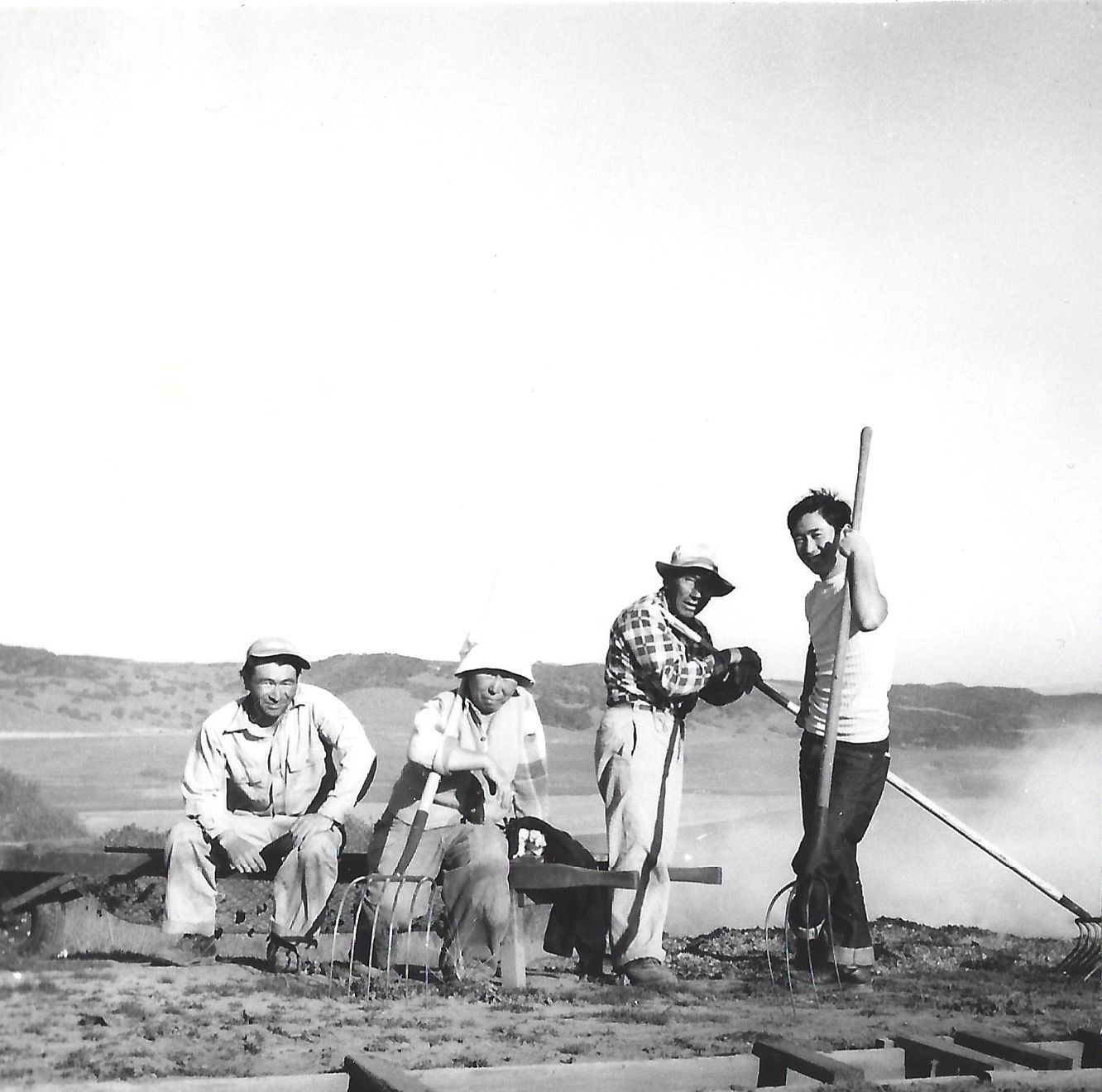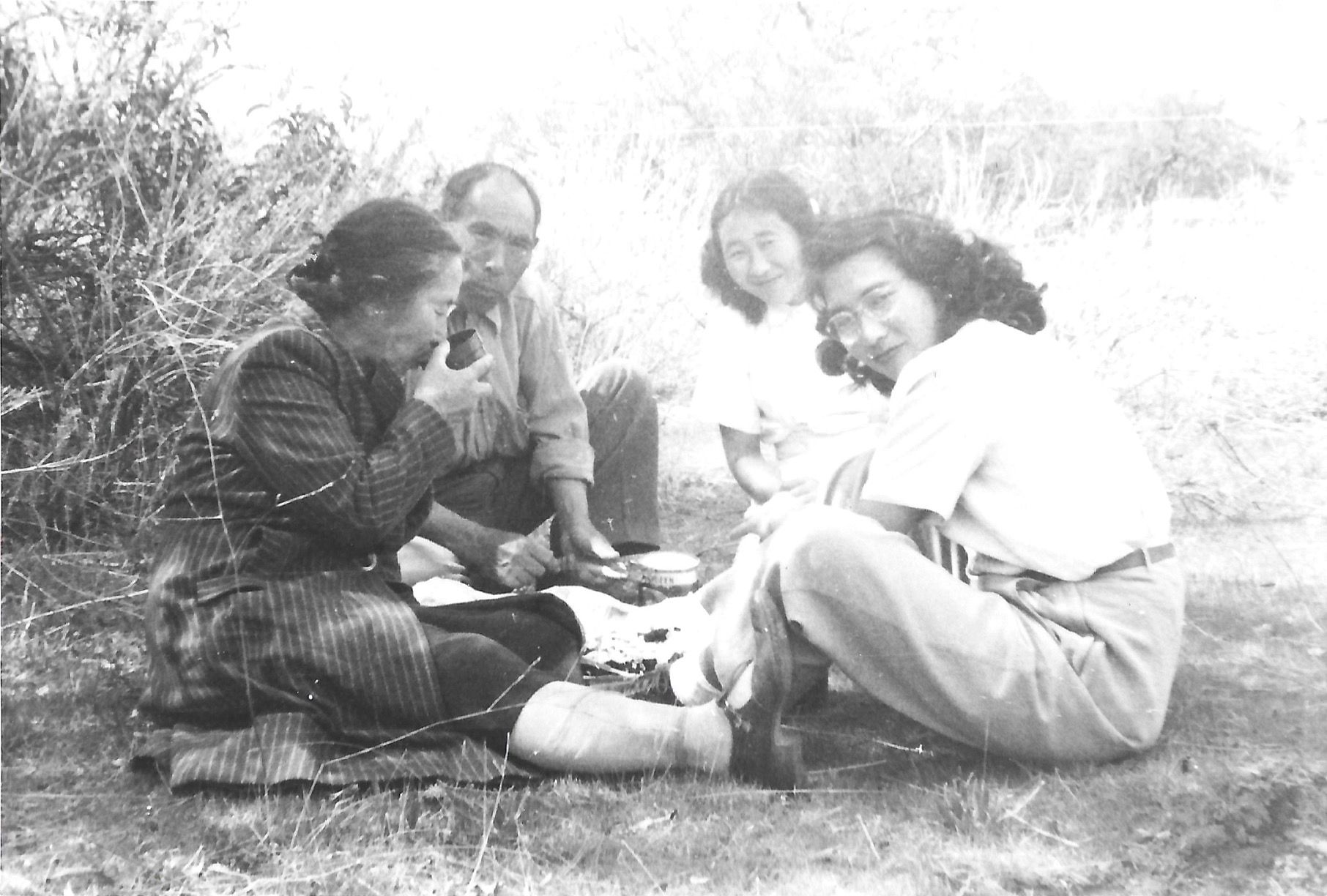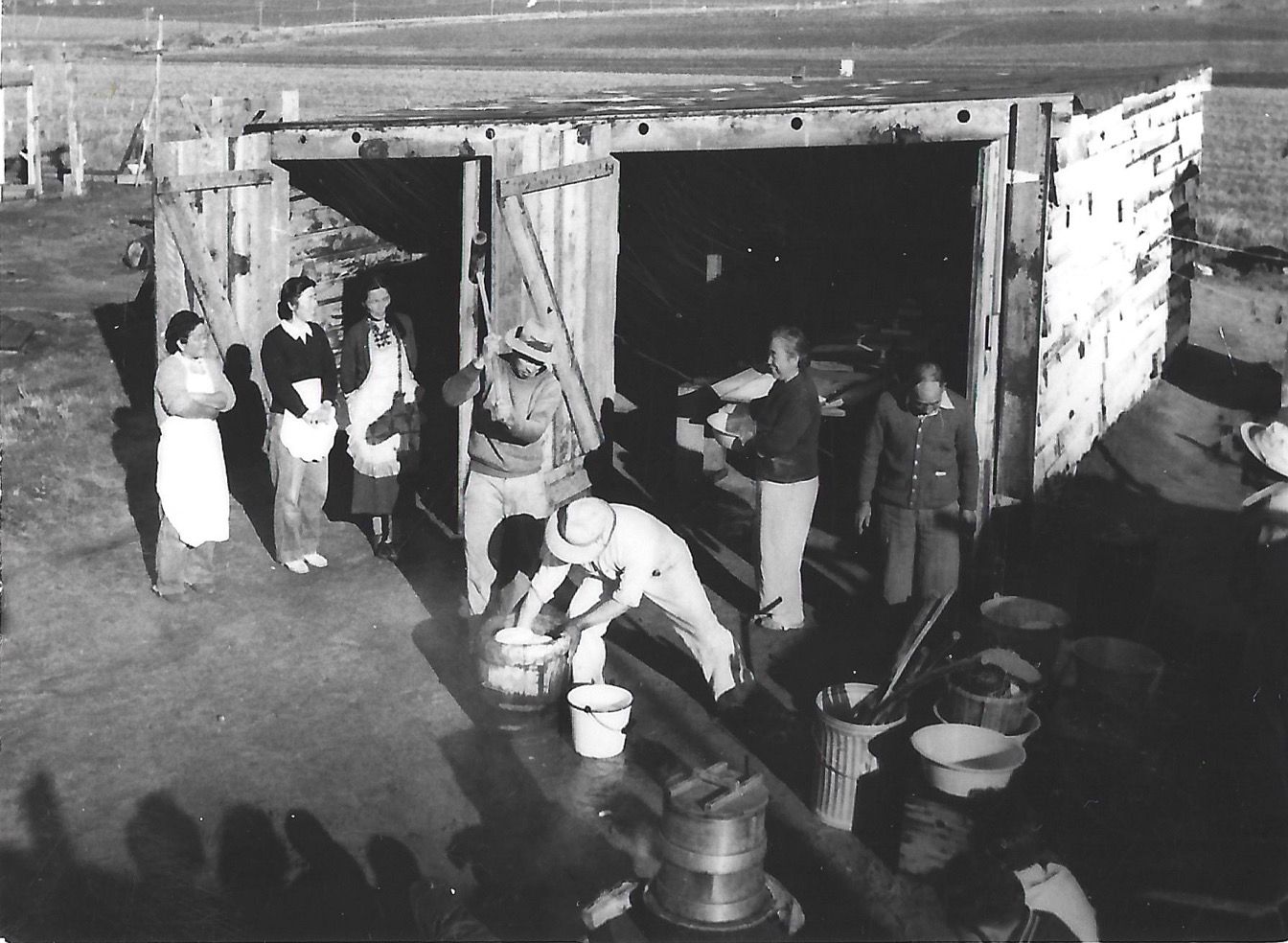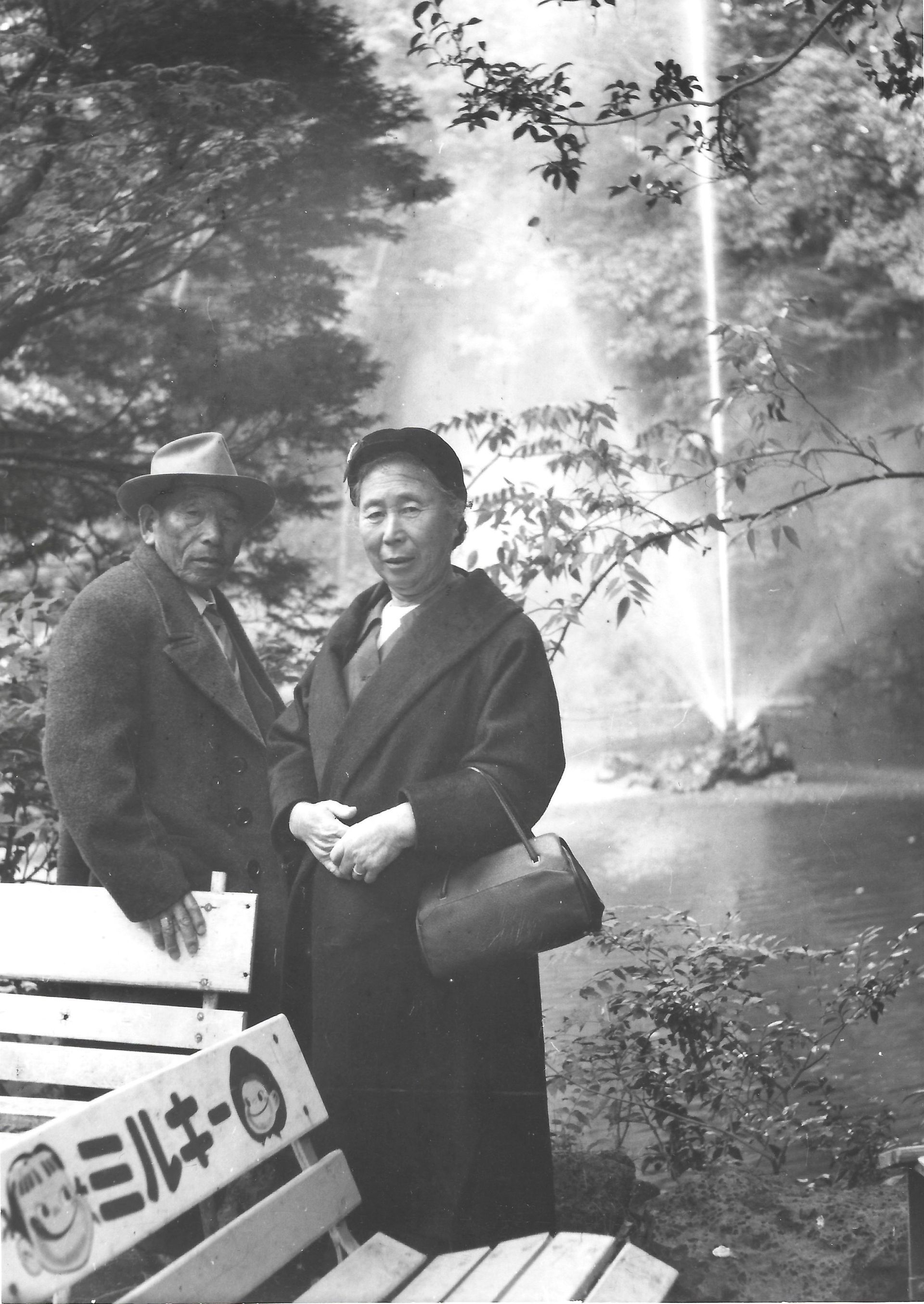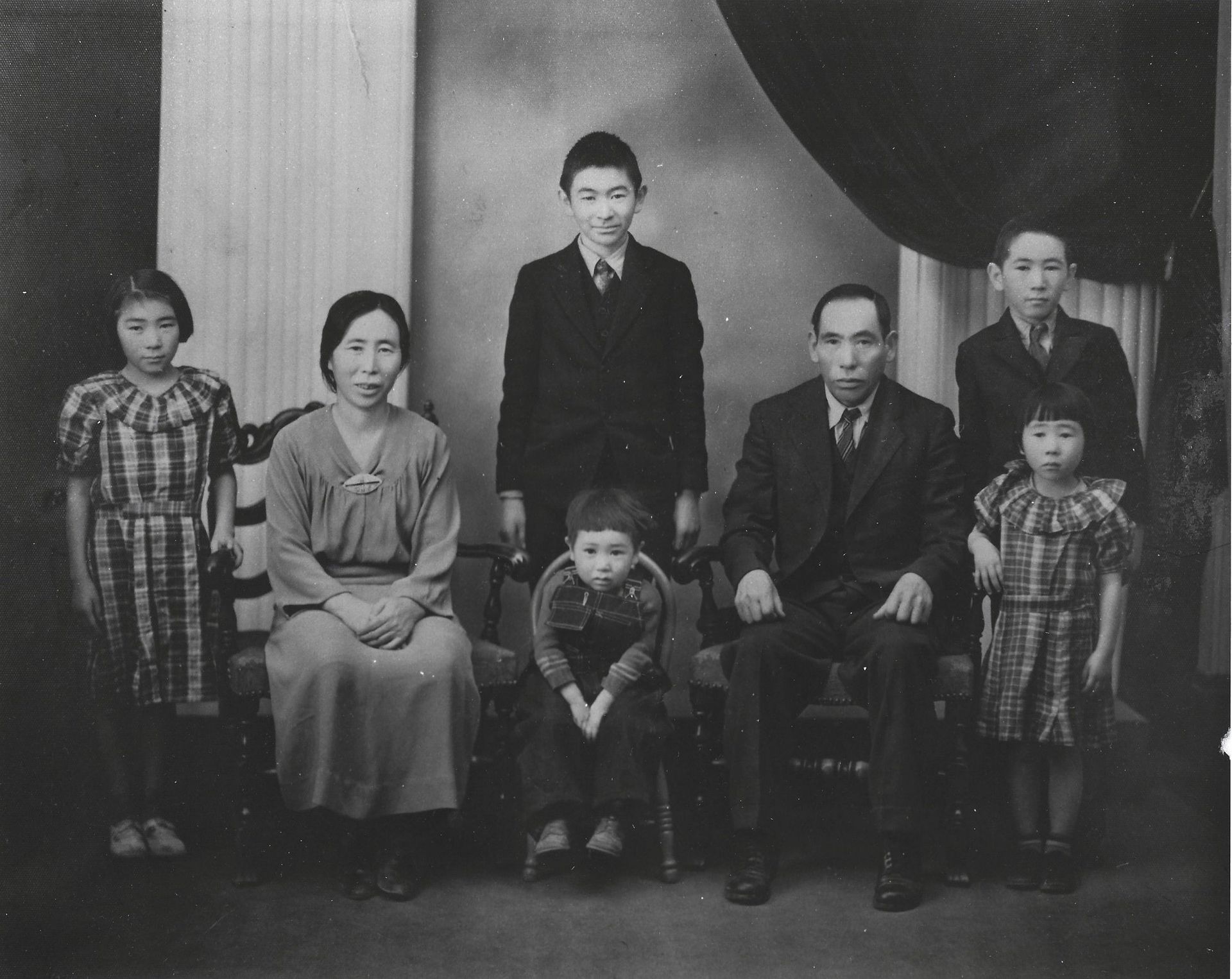Kaichi and Sei Morishima
Kaichi Morishima was born in 1881 on a farm in Aobane village on the Izu peninsula (Shizuoka Prefecture, Japan). His eldest brother took over the family farm as was custom back then. With no property and limited economic prospects in Japan, he decided to travel to the U.S. when he heard stories of successful immigrants who were working in the States. He was young, single, and independent; so, against the wishes of his mother (as her last child) and despite the numerous uncertainties and risks, he left for Mexico in around 1900, due to anti-Japanese immigration laws that barred him from entering directly to the U.S. From there he traveled by foot to the border, a dangerous and treacherous trip where he, unfortunately, witnessed fellow travelers die along the route. Having to overcome many hardships he entered the U.S. and found work at a Japanese couple’s farm in Los Angeles County.
He worked the farm for several years before returning to Japan in 1907. He tried to open a business in Japan which proved to be unsuccessful, thus prompting a need to return to the U.S. Fortunately, prior to leaving the U.S. he petitioned to “regain” his legal immigration status after the great San Francisco earthquake of 1906, where many government documents, including legal citizenship and visa papers, were lost in the resulting fire.
Sei Ushikubo was born in 1892 in Ajiro, a fishing village also on the Izu peninsula. In 1917, Kaichi and Sei were married. Sei bore their first child, Tatsuko, in 1918, who tragically died at the young age of two from whooping cough. Kaichi had already returned to the U.S. and Sei joined him in 1921. Together they worked on the same Japanese couple’s farm for about a year before moving to Wilmington (LA county) for their first farming experience on their own. 1922 proved to be a memorable year for Kaichi and Sei. Their first crop was cantaloupe, which ended in disaster due to unpredictable weather conditions. Farming was a gamble, and against the advice of Sei and their neighbors, Kaichi chanced the odds and reworked and replanted the field. Thankfully the replanting successfully resulted in a bumper crop. In 1923 they moved to Montebello where they grew different vegetables. Once harvested, they would drive down to a marketplace in Los Angeles and sell the vegetables off their truck.
Beginning in Montebello they started to grow their family and had five more children: Akira (1922), Kiyoshi (1925), Yoshiko (1927), Sueko (1930), and Hiroshi (1933). In around 1925, the young family moved to Hills Ranch in Garden Grove, sharing the ranch with another Japanese family. They grew tomatoes, pimento chilies, and other vegetables that they would harvest, pack, and sell on a large flatbed truck to the wholesale market. Further into the season, tomatoes left on the vine were processed into ketchup or canned tomatoes. Later moving to Woods Ranch in Fountain Valley, the family grew chili. Seeing fellow Japanese farmers in the area successfully dehydrate their crops, Kaichi and Sei eventually built their own dehydrating facility, a tireless project.
In around 1926, they moved to Rogers Ranch, in 1932, to Betchart Ranch, and again in 1934, they moved to Corrales Ranch, all in the Fountain Valley area. They continued chili farming there and built a second dehydrator. Around 1935, tractors appeared and replaced horses and reduced manual labor and time. As the children got older, especially the two eldest sons Akira and Kiyoshi, they helped out on the farm with furrowing, cultivating, and fertilizing, which eliminated some of their parents’ backbreaking work. The family moved once again to Steigmeir Ranch in 1938, a 40-acre plot of land in Fountain Valley that the two sons helped clear and plant seeds.
In 1941, Sei and all the children went to Japan to visit Sei’s sick uncle. When WWII broke out, they were unable to return. At the same time, Kaichi was incarcerated at the camps in Poston, Arizona. After returning from camp, he found that he’d lost the farm and everything that he owned — the tractors, truck, and car. Since he lacked U.S. citizenship he could neither lease nor rent land. Post-war, Kaichi worked as a farm worker at the Kato farm in Fountain Valley. The entire family was not reunited until 1949, a long eight years later. In 1949 the Morishima family left Orange County for Watsonville where they started sharecropping for Driscoll before moving to the Springfield area to grow three acres of strawberries. The family continued to farm strawberries in Watsonville, and later, Santa Maria until the family gave up farming altogether at the end of 1967. Kaichi passed away in 1959 and Sei passed away in 1988. Thanks to the tireless effort of both Kaichi and Sei, the children were able to lead prosperous and fulfilling lives, which they have passed on for generations to come.
Sei and Kaichi Morishima Wedding Picture (1917)
Kaichi Morishima shortly after arriving to the U.S. (around 1905)
Kaichi and Sei Morishima Working on the Farm (1950s)
Akira (eldest son), Sei, Kaichi and Hiroshi (youngest son) Morishima (1950s)
Sei, Kaichi, Sueko (youngest daughter), and Yoshiko (2nd daughter) Morishima (around 1949)
Akira, Sei, Kaichi, and Kiyoshi (2nd son) Morishima (1950s)
Morishima Mochitsuki with Neighbors (1950s)
Kaichi and Sei Morishima visit to Japan (early 1950s)
Morishima Family Portrait (1934)
From left to right:
Yoshiko - 4th born
Sei - mother
Akira (top) - 2nd born
Hiroshi (bottom) - 6th born
Kaichi - father
Kiyoshi (top) - 3rd born
Sueko (bottom) - 5th born
